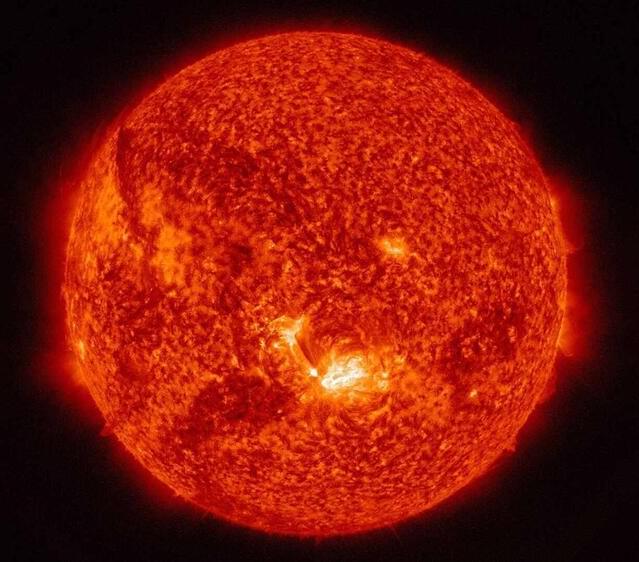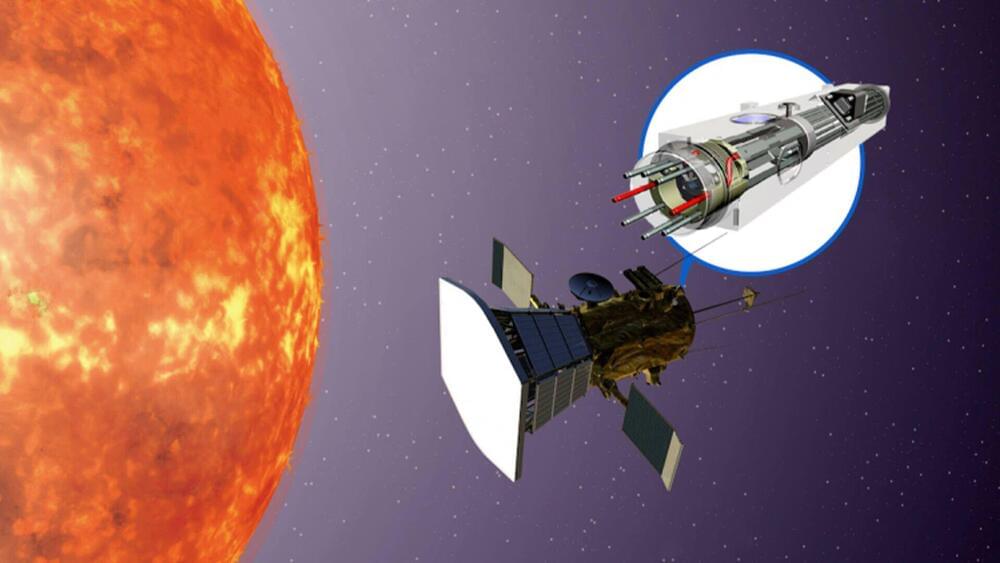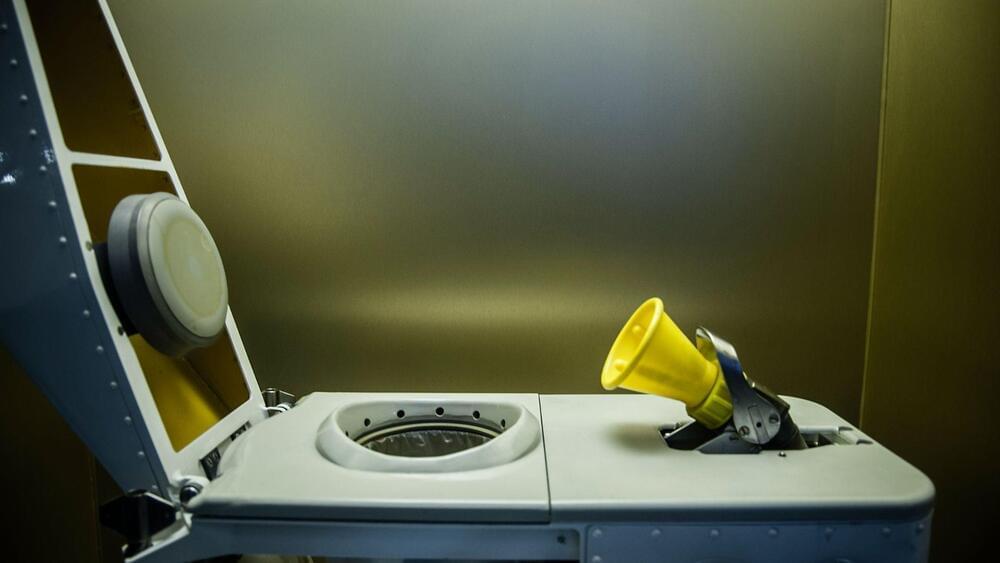This is Bill Faloon’s keynote presentation at RAADfest 2022 about the rapid progress of age reversal research in 2022.
Get the latest international news and world events from around the world.

Elon Musk Hires iPhone Hacker, Tesla Rival To Fix Twitter’s Search
The iPhone hacker and former Tesla employee founded Comma.ai, a company that makes software to rival Tesla Autopilot.
Can science crack the mystery of consciousness? | Bernardo Kastrup, Carlo Rovelli, and more
Bernardo Kastrup, Carlo Rovelli and Patricia Churchland lock horns over the New Science of Consciousness.
00:00 Intro.
01:20 Patricia Churchland | On scientific evidence.
02:50 Bernardo Kastrup | On material idealism.
04:47 Carlo Rovelli | There is no hard problem of consciousness.
07:00 Robert Lawrence Kuhn | Will we ever be able to provide data explaining consciousness?
Watch the full debate at https://iai.tv/video/the-new-science-of-consciousness?utm_so…escription.
We are uncovering a new science of consciousness. A theory that is getting closer to solving the problem of the self once and for all. Or at least so claim leading neuroscientists. Some argue the reality we perceive is a controlled hallucination as a best guess to how the world really is. Others that quantum mechanics or multiple levels of brain organisation are responsible for consciousness. But critics maintain these don’t get to the heart of the problem: how the material stuff of the brain is responsible for the immaterial stuff of experience.
Should we see the ‘new science of consciousness’ as marketing hype? Might we alternatively need to give up our very notion of reality? Or could science be about to crack the ancient problem of the self once and for all?
#TheNewScienceOfConsciousness #IsQuantumTheKey #DataConsciousness.

A new AI testing system could help unlock secrets of the human genome
The new method, called GOPHER, helps researchers to determine the best AI program to use for analyzing the human genome.
Artificial intelligence (AI) is an innovative tool that can be trained to make predictions and solve problems quickly and with accuracy. However, the reasoning behind the output, or information sent out after the AI software receives input from datasets, is not yet clearly understood.
Understanding how AI creates its predictions.
Metamorworks/iStock.
Researchers have been trying to comprehend the way AI produces information and what rules and regulations the AI follows, or creates, as it processes data.

Researchers 3D-print low-cost and durable violins for music students
“Our goals were to explore the new sound world created by using new materials”
Only musicians can understand how grueling and challenging it is to play the violin. Violins, even mediocre ones, are worth thousands of dollars. Good news for music students and beginners, they will meet with low-cost and durable 3D-printed violins thanks to The Acoustical Society of America’s AVIVA Young Artists Program.
As stated in the release, today in Nashville, Mary-Elizabeth Brown, director of the AVIVA Young Artists Program discussed the steps taken and the lessons learned in her presentation, Old meets new: 3D printing and the art of violin-making.
Shawn Peters.
The team’s inspiration roots in multiple places, said Brown. Our goals were to explore the new sound world created by using new materials, to leverage the new technology being used in other disciplines, and to make music education sustainable and accessible through the printing of more durable instruments.

A hyperactive sunspot to result in solar flares
The effects of solar activity are predicted to reach the Earth’s atmosphere by December 8.
The earth is all set to experience another set of solar flares, which is estimated to reach our atmosphere by December 8. After a relatively calmer period of solar activity, we are about to experience a high-velocity gush of solar winds and minor geomagnetic storms. The intensity of the storm expected is classified as G1, the least intense solar storm.
Images taken of the sun on December 4 by Eduardo Schaberger Poupeau, an astrophotographer, revealed five significant sunspots and two filaments of magnetism facing Earth.
NASA/SDO
According to NASA, a solar flare is described as an “intense burst of radiation coming from the release of magnetic energy associated with sunspots.” It is considered to be the largest explosive event in our solar system. “They are seen as bright areas in the sun and they can last from minutes to hours.”
Neuralink allegedly rushes research, killing thousands of animals unnecessarily
According to an exclusive report by Reuters, Elon Musk’s Neuralink is facing a federal probe to investigate claims of unnecessary animal welfare violations.
According to an exclusive report by Reuters, the medical device company Neuralink, owned by Elon Musk, is reportedly under federal investigation for possible animal welfare violations. The investigation comes from internal staff complaints that its animal testing is being rushed, resulting in needless suffering and deaths.
However, it is important to note that Neuralink has a robust commitment to animal welfare within its organization.

Scientists suggest sending atomic clocks near the Sun to search for dark matter
Ultralight dark matter has wavelike properties that could affect the operation of the clocks.
For decades, scientists have been trying to wrap their heads around the dark matter, which makes up an estimated 85 percent of the mass in the universe. Despite experimental efforts running for decades, researchers have only been able to observe the essence, not quite detect it.
Now, a new study published in Nature Astronomy on December 5 revealed that an atomic clock on-board a spacecraft inside the inner depths of the solar system could search for ultralight dark matter. The latter has wavelike properties that could affect the operation of the clocks.

Largest radio observatory ever will reveal secrets of the universe
Two huge telescopes will provide the deepest and widest view of the cosmos to date.
Construction of the world’s biggest radio astronomy facility, the SKA Observatory, begins today. The observatory is a global project 30 years in the making.
Astronomers like me will use the telescopes to trace hydrogen over cosmic time and make precise measurements of gravity in extreme environments.
1971yes/iStock.
With two huge two telescopes, one in Australia and the other in South Africa, the project will see further into the history of the Universe than ever before.

Microphone-equipped toilet will detect diseases and give you advice
The microphone sensor can classify bowel diseases using machine learning.
There are many diseases that could potentially be detected through human waste. One such infection includes cholera. Cholera is a bacterial disease.
Cholera is spread through contaminated food and water. Large epidemics that spread the bacterium are related to fecal contamination of water or food. It can sometimes be spread through undercooked shellfish and other seafood-related infections, as well. is spread through contaminated food and water. Large epidemics that spread the bacterium are related to fecal contamination of water or food. It can sometimes be spread through undercooked shellfish and other seafood-related infections, as well.